The rogue is the last in this series of basic deck guides. Everything should, after all, end with a bang… or a pop, which is the noise my spine made while trying to replicate the pose of the portrait.
This decklist comes from Sheng, a professional Hearthstone player who actively engages directly with the Hearthstone community. This deck aims to ease you into playing as rogue by sidestepping the more intricate combinations and trickier cards in favor of tempo.
Tempo? Why the music terminology?
Tempo is a term used to describe, in a nutshell, who the proactive player is and who’s the reactive one. At the very beginning of the match, whoever goes first has tempo — they dictate the flow of gameplay by doing something that the second player needs to react to. Generally — very generally — aggro decks will want to have the tempo, while control decks are best suited to playing slightly behind it.
The Decklist

As I’ve been driving at, the goal of this deck is to keep the tempo going. In this case, the basic rogue deck plays into one of the strengths of the class: single-target removal. You need to upset your opponent’s momentum and hinder them with spells, while using your hero power to make smart trades with your opponent’s minions. There are cards included in this deck that will boost your spell damage, making board-clearing possible, but this should not be counted on.
Minions
The Acidic Swamp Ooze shines in this deck, immediately shutting down a warrior’s Fiery War Axe. With 3 attack, it is also more than a match for other popular early game choices like Snowchugger. Kobold Geomancer can be played in a pinch, or if you have been very unlucky with your draw, but should be reserved for playing right before a spell, as its presence gives you +1 spell damage.


You have the Shattered Sun Cleric to buff minions, allowing you to make or survive some trades that were previously just out of reach. Your two taunt minions, the 3/3 Ironfur Grizzly and the 3/5 Sen’jin Shieldmasta, are also solid choices for the cleric’s +1/+1 buff.
If your Kobold Geomancer was removed earlier, or would be in danger of being removed right away if played, the Ogre Magi is a good option. As a 4/4 body for 4 mana, it’s a little underpowered, but still big enough to dispatch most small and mid-sized minions. It’s big benefit is, once again, the +1 spell damage that it brings to the table, allowing you to squeeze that little bit more value from your spell cards.


Rounding out the minions section of the deck are a pair of sturdy Boulderfist Ogres and a Stormwind Champion, whose buff ability gives your more fragile minions some staying power.
Spells
The rogue has an arsenal of thematically appropriate spells to use, and the ones from the basic set are all pretty good choices that see play in rogue decks of all kinds.
Backstab is an 0 mana card that deals 2 damage to an unharmed minion — allowing you to shut your opponent down early on, if in your opening hand, and play a minion of your own, seizing tempo early on. Sap is the emergency brake of your deck. It returns a minion to your opponent’s hand, forcing them to fall behind and spend the mana to play the same minion once more (best used on big, costly minions).
On the surface, this sounds underwhelming, but it can brush aside a minion with taunt long enough for you to deal with any threats lurking behind it. If a priest has spent several cards buffing a single minion, Sap will invalidate their efforts, working like a soft version of a silencing card. It also has a chilling effect on the warlock, who often uses cards with harmful battlecries.


Until now, not much mention has been made of the rogue’s hero power, Dagger Mastery. Using it equips your hero with a 1/2 weapon, allowing you to constantly make bold trades with enemy minions — it’s also the bane of any paladin who likes to use their own hero power. Deadly Poison is able to add +2 attack to your weapon, making it great for using in a pinch, letting you do a maximum of 6 damage over two turns.
There’s a better target for this spell, though: Assassin’s Blade. This weapon is a 3/4, allowing it to deal 12 damage over four turns under normal circumstances. Deadly Poison offers a huge improvement, squeezing a maximum of 8 more damage out over the weapon’s lifespan. In terms of removal potential, that’s downright impressive.


To round out the rogue’s single target removal, there’s Assassinate. It isn’t the cheapest option, at 5 mana, but it does precisely what you think it does. If there are any cards you absolutely don’t want to see again (for this deck, someone having the chance to play Harrison Jones multiple times is a nightmare scenario), this card will destroy them.
For all of these options, there’s not much in the way of multi-target removal. The rogue has Fan of Knives, which does 1 damage to enemy minions and lets you draw a card. And… that’s it from the basic set. This card is nifty and has utility, but not much potential for board clearing: that’s where the spell damage minions come in. Because of this card’s low cost, it can easily be played on the same turn as either minion, allowing you to dish out up to 3 damage.
Finally, we come to perhaps the backbone of this deck: Sprint. For 7 mana, you can draw 4 cards, allowing you a total of at least five cards drawn in one turn — a respectable hand refill. Since the rogue relies on tempo and consistent pressure, you’ll find your hand depleting fairly quickly. This card can prevent you from completely losing momentum and allowing your opponent to make a comeback, though its high cost prevents much else happening on the turn it is used.


Upgrades
It was mentioned earlier that the rogue class is pretty hard to learn, so it stands to reason that the decks most commonly associated with it are also tricky. Many of them take advantage of the rogue’s propensity for combos, meaning that the SI:7 Agent is a handy card to craft for this class.
Questing Adventurer can also become a monster in a rogue deck, with its focus on playing multiple cards per turn. For the purposes of a combo, playing The Coin counts, too. That means that Cutpurse is an effective card to play early.


If played as part of a combo with The Coin, a Shado-Pan Rider becomes a 6/7 that can be on the board as early as turn 4, giving you a huge advantage.
With no cards from either single-player expansion, and a modest crafting cost of 1360 dust, the Budget Oil Rogue is an excellent deck that can be difficult to learn — but extremely powerful, once mastered.


Conclusion
Although these guides have focused exclusively on constructed play, it’s worth mentioning that the rogue is also a great choice for playing Arena, due to a strong hero power and access to weapons and combinations. If you’ve got a little gold to spare and things aren’t falling into place, playing in the arena can be a great way to apply the fundamentals of this class in a refreshing context.
The most important part of playing a rogue, of course, is to watch your back.

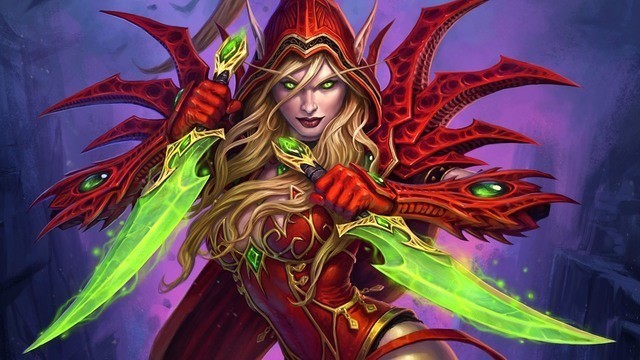
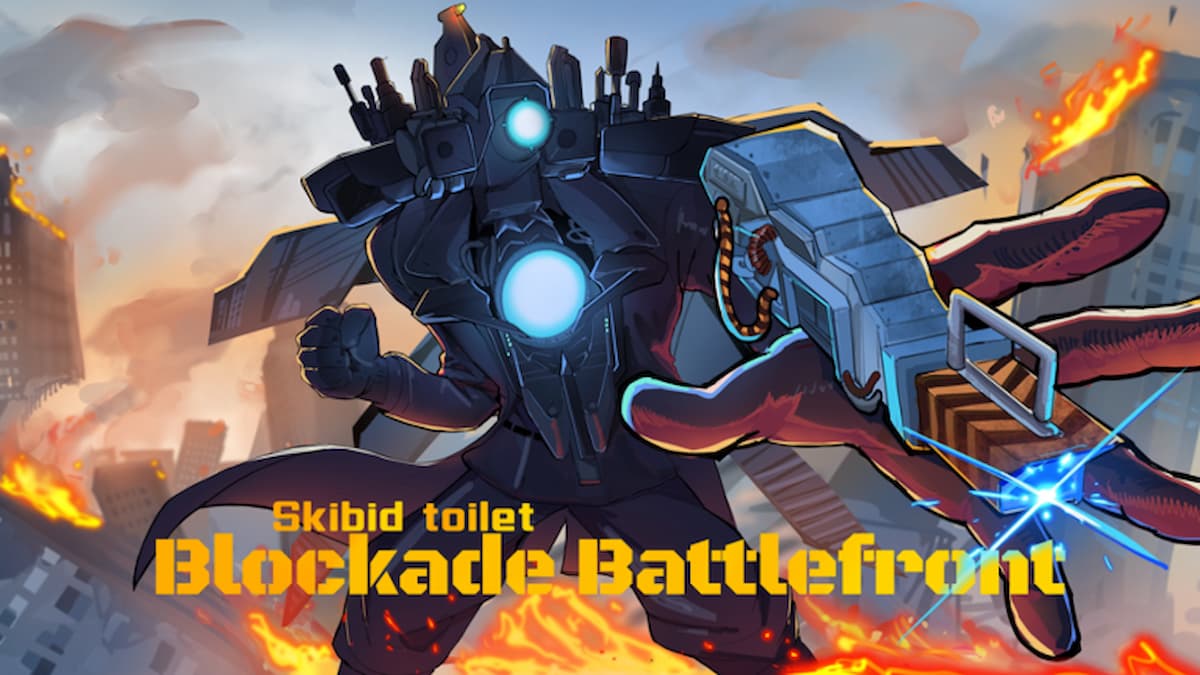
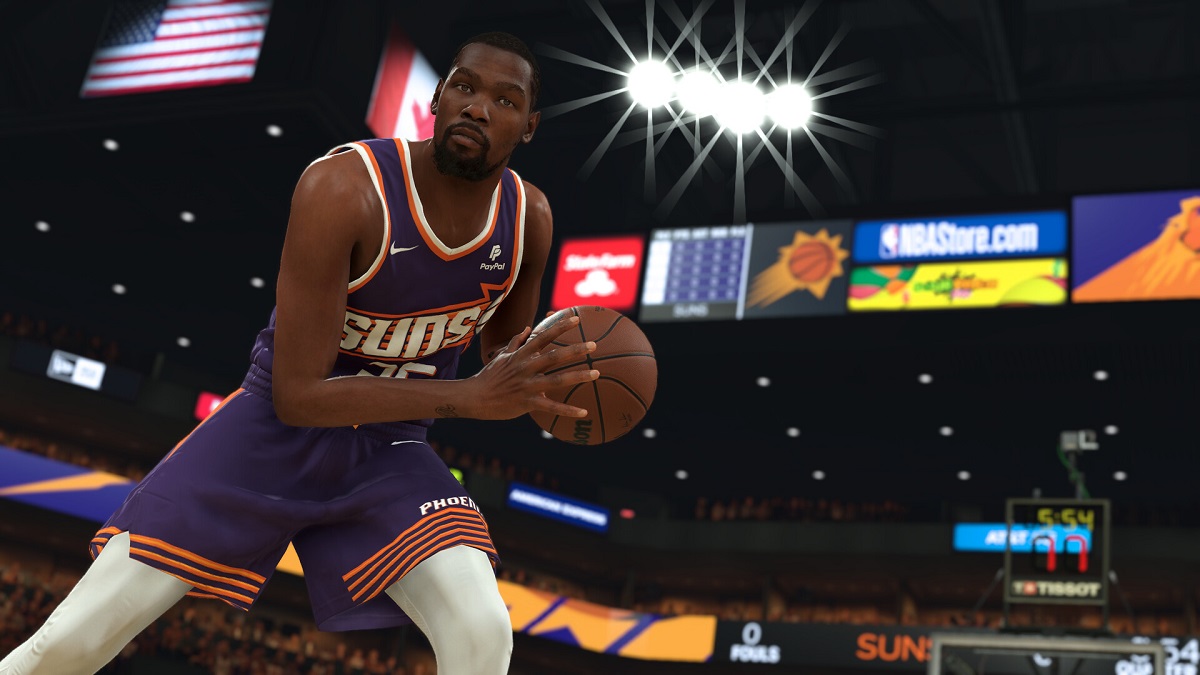
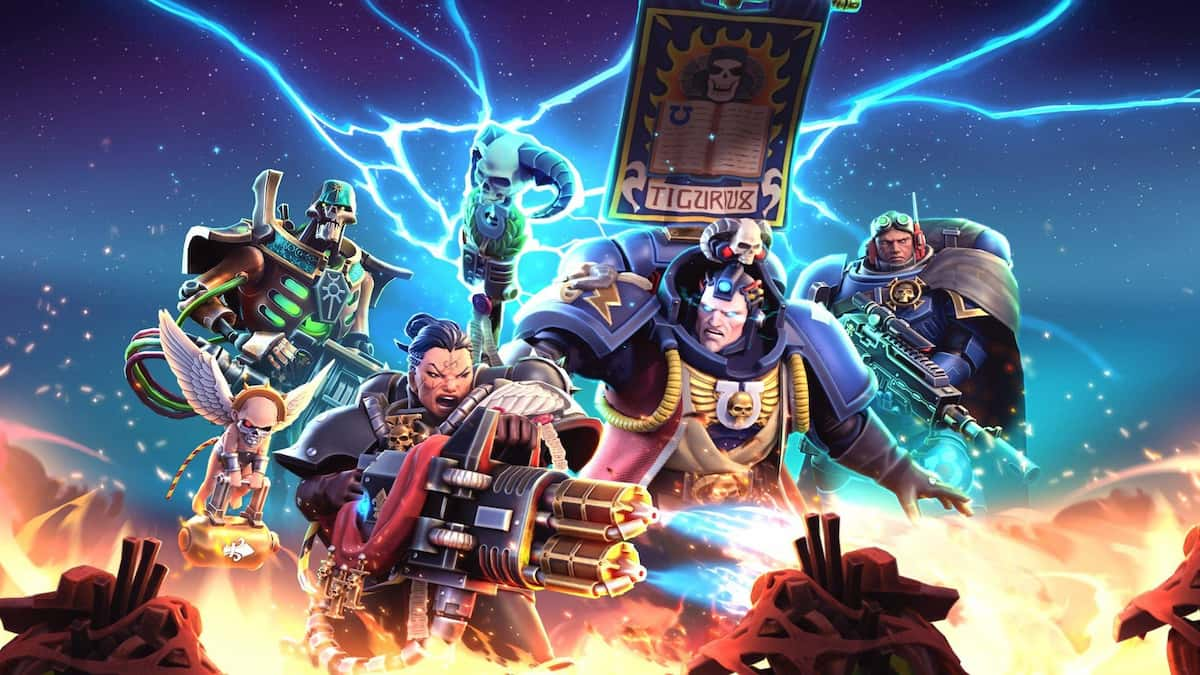
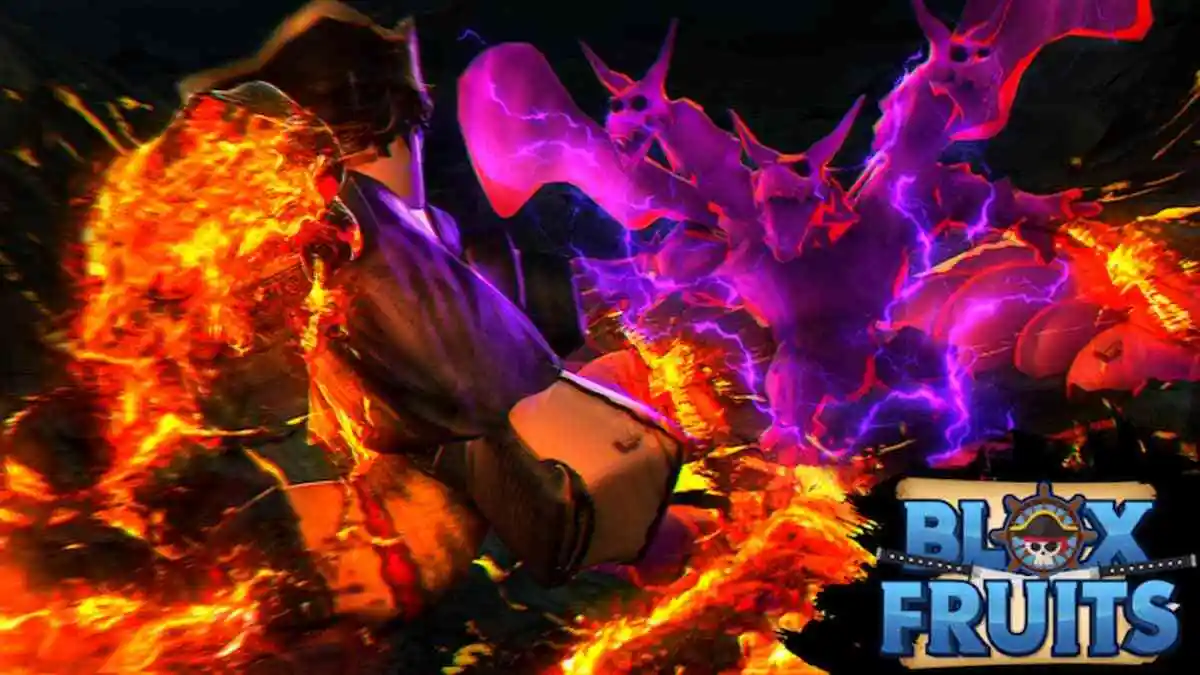

Published: Oct 28, 2015 06:31 am